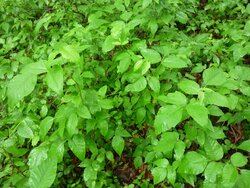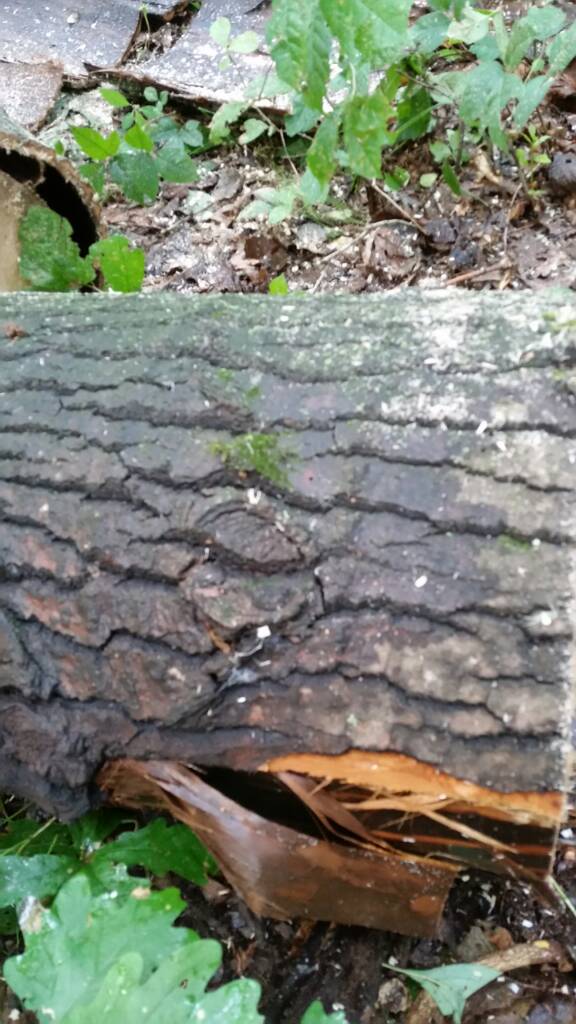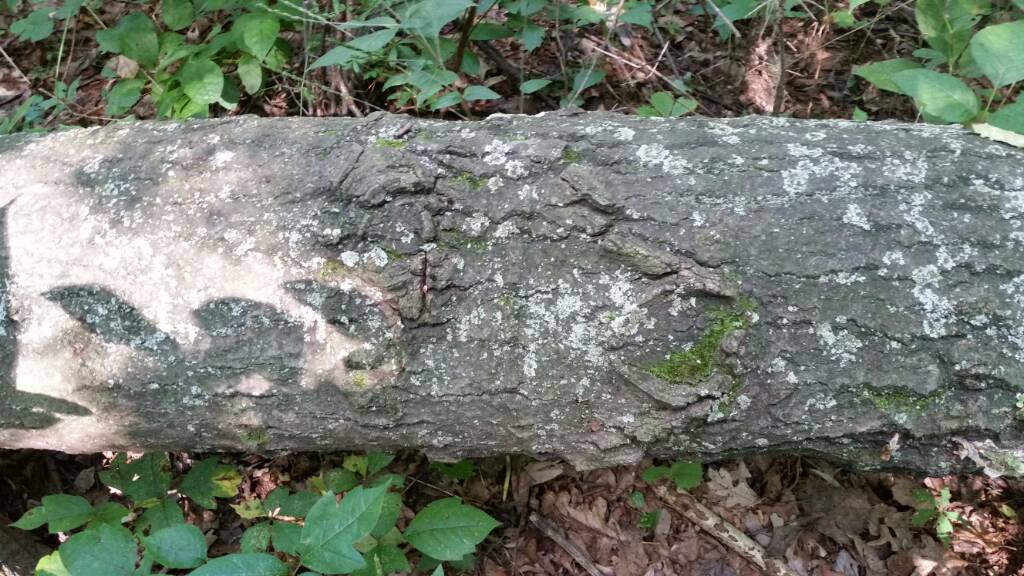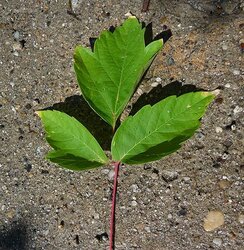What type of tree is this?
- Thread starter HitzerHillbilly
- Start date
-
Active since 1995, Hearth.com is THE place on the internet for free information and advice about wood stoves, pellet stoves and other energy saving equipment.
We strive to provide opinions, articles, discussions and history related to Hearth Products and in a more general sense, energy issues.
We promote the EFFICIENT, RESPONSIBLE, CLEAN and SAFE use of all fuels, whether renewable or fossil.
You are using an out of date browser. It may not display this or other websites correctly.
You should upgrade or use an alternative browser.
You should upgrade or use an alternative browser.
- Status
- Not open for further replies.
BoilerMan1812
New Member
Is your very heavy? I don't think mine is dense enough to be part if the oak familyA boss of mine, who used to be an arborist, said he thinks is oak
It's got some weight to it, especially for being down for a length of time. It seemed to cut easier though.
Osagebndr
Minister of Fire
That bark had an oak look to it. Not so sure now tho. We have a lot of aspen in my area did it have a strong winter green smell when it was split?
bag of hammers
Minister of Fire
To the folks around here poplar = trembling aspen (that's probably not accurate in the poplar family scheme of things). Not much help here and now, but it also kinda "stinks" when burning IMHO. Lots of ash, not lots of heat. Heavy when green but featherweight when dry. You'll know for sure in a few months 

Woody Stover
Minister of Fire
I've never seen any Oak with that paper-like underbark, and I don't see any medullary rays. Split wood doesn't look like Oak either.he thinks is oak
Tulip "Poplar" isn't a true Poplar, it's in the Magnolia family. I'm starting to think this may be yet another hit for nrford, although I didn't think Aspen was this far south. Northern IN is almost Michigan, though. Split pic doesn't quite look right for Tulip. I'm looking forward to the bark pics.To the folks around here poplar = trembling aspen (that's probably not accurate in the poplar family scheme of things).

CountryBoy19
Minister of Fire
The bark looks a little bit like red oak but the wood does not... Are there any medullary rays visible in the end-grain?A boss of mine, who used to be an arborist, said he thinks is oak
As of right now, from what I've seen I'm leaning toward ash. I don't think it's white ash but it may be one of the less-common ashes.
I'm not convinced it's "poplar". The only "poplar" that is common in Indiana is Tulip Poplar and while the bark looks similar to what you would find on a small limb of poplar, it's not the bark found on larger limbs or the trunk, and the wood doesn't have the highly typical green-purple hue of Tulip Poplar...
Cottonwood bark, on mature trees is VERY coarse, like that of Black Locust etc, I think it's safe to say we don't have cottonwood on this one, the bark is far too smooth.
Sycamore bark is more scaley and flaky than that, I don't think it's sycamore.
There aren't many options left. The bark looks like that of a young hickory, red oak, etc but the wood doesn't match those...
Hickorynut
Feeling the Heat
It is Aspen, most likely Quaking
I don't know myself, but nrford gets them right. I checked my books and the bark could pass for aspen, just saying........
jackatc1
Feeling the Heat
A boss of mine, who used to be an arborist, said he thinks is oak
Key word's " used to be" Poplar/Aspen/Popple end of story.
nrford
Minister of Fire
Not very likely in Indiana.
My ash looks a bit like that with the bark peeling off but is dark gray in color on the old cut ends and even the splits have a gray tint to them. I have no idea what you have there.
I travel Indiana a lot and see aspen all over!
Sorry guys, late day at work. Didn't get a chance to get more pics. According to Indiana.gov aspens are native to northern Indiana so absolutely could be that.
bag of hammers
Minister of Fire
What he said (what I was trying to say)....Key word's " used to be" Poplar/Aspen/Popple end of story.
Wood Duck
Minister of Fire
This is Bigtooth Aspen, which is found in Indiana, and grows pretty large. Quaking Aspen usually doesn't get very large this far south. The pattern of the bark, stringy inner bark, and slightly stringy, white wood are all characteristic of Bigtooth Aspen. I live about as far south as northern Indiana, and Bigtooth Aspen is a very common tree, although lots of people don't seem to recognize it. Bigtooth Aspen is a true poplar - Populus grandidentatum.
Applesister
Minister of Fire
Just a little bit [emoji1]The question I'd be asking is whether you have Poison Ivy in Indiana.
Hopefully that aspen dries quick! I only have about 4 cord of wood that I split last year. ..just moved into the place just shy of a year ago. Got about 4 cords of oak I split 2 months ago but that is next year's burn.
Woody Stover
Minister of Fire
He's not going to forget everything he knew but it's easy to make a mistake trying to ID from pics....Key word's " used to be"
Last edited:
Yeah, I just let that slide. ...I don't need to defend him. As for my experience he is an excellent arborist. He left forestry work to better the life of his family.He's not going to forget everything he knew. If he is wrong, I'd attribute it to trying to ID from pics, which can be hard to do.
Oldman47
Minister of Fire
Indiana is right next door to me. In my wood lot I have seen it blanket areas 100 feet square more or less.The question I'd be asking is whether you have Poison Ivy in Indiana.
So, I've split some of this wood and have found traces of where bugs used to be but are no longer there, tree was down for a couple years before I cut it up. Don't have a moisture meter yet, but how long do you think this "aspen" should sit before I burn it. I have about 4 cords of stuff ready to burn now so it's no big deal, just curious what guys think. I was thinking about trying it in 3-4 months.
Woody Stover
Minister of Fire
Heh-heh.The question I'd be asking is whether you have Poison Ivy in Indiana.
I think she forgot to add theIndiana is right next door to me. In my wood lot I have seen it blanket areas 100 feet square more or less.
 . You can see it in the last pic.
. You can see it in the last pic.
If you've got a meter, stick it in a few months. If not, toss a split on and see how much it sizzles. I bet it dries fast.I was thinking about trying it in 3-4 months.
Last edited:
- Status
- Not open for further replies.
Similar threads
- Replies
- 30
- Views
- 3K





